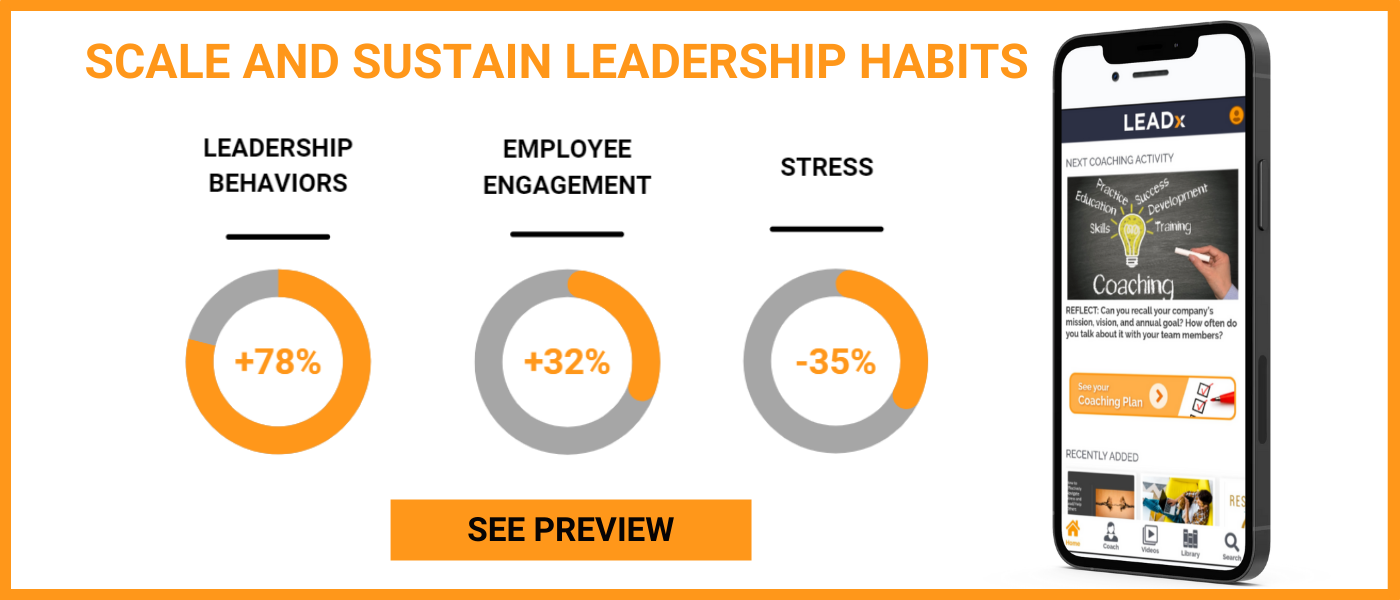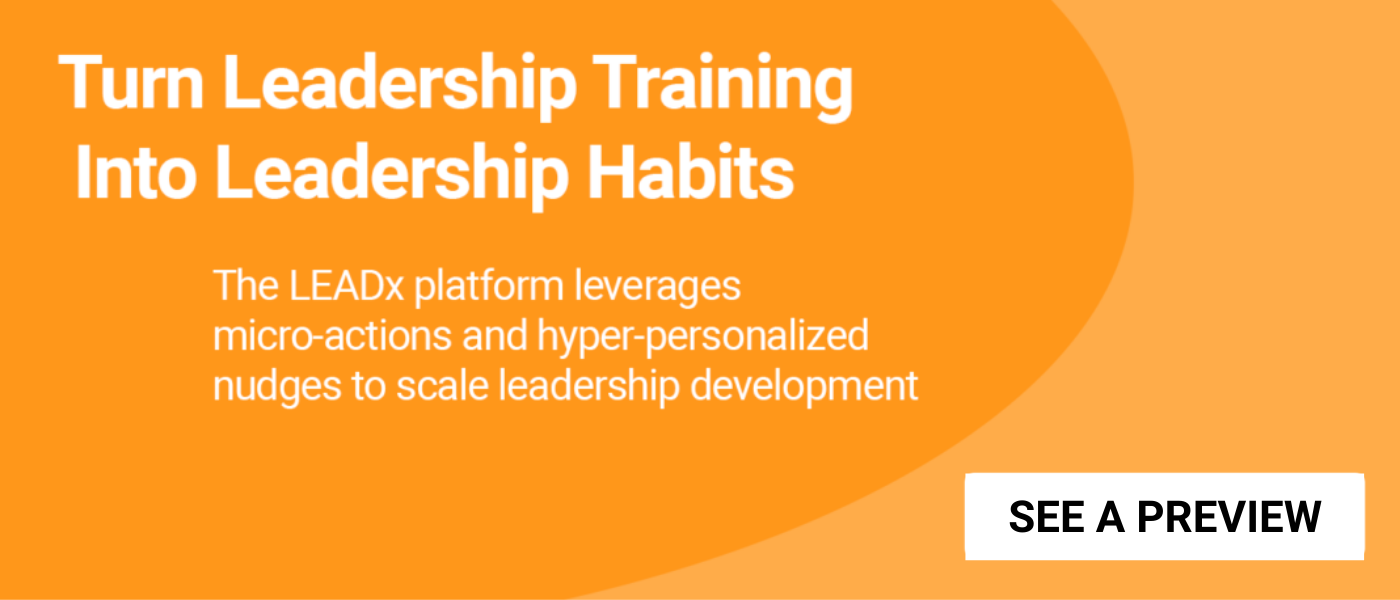
In the war for talent, the most successful leaders know how to recognize and attract high performers. But, once that talent is in your organization, do they recognize themselves as high performers? That is to say, how do you know if your star players are getting the balance of support, confidence, and challenge they need to commit long-term?
The paradox of high performers is that they are more likely to suffer from imposter syndrome—the feeling that they’re a “fraud” or never good enough, despite all evidence to the contrary. Luminaries in business and the arts, including Howard Schultz, Maya Angelou, Tom Hanks, and David Bowie, all confessed to these “imposter” feelings at some point in their career—as have 70% of all adults.
 Psychologists and other experts have covered tactics for overcoming imposter syndrome and even how to turn this self-doubt into an asset. Rarely, however, does anyone discuss how your organizational culture might be driving away your high performers.
Psychologists and other experts have covered tactics for overcoming imposter syndrome and even how to turn this self-doubt into an asset. Rarely, however, does anyone discuss how your organizational culture might be driving away your high performers.
I recently interviewed Jeremy Richards about exactly this problem, which he calls “imposter culture,” and how effective leaders can get ahead of it.
Richards is a senior leadership development manager, executive coach, consultant, and author of The Accomplished Creative: Overcome Imposter Syndrome, Forge Courage, and Tap Into Limitless Creativity.
Organizational Leaders Should Address ‘Imposter Culture’ with Training around DE&I and Trust
Kevin Kruse: I’ve heard a lot about imposter syndrome in recent years, but it’s usually focused on individuals, not organizations. What exactly is imposter culture?
Jeremy Richards: It’s how your organization’s culture fosters certain perceptions related to imposter syndrome. For example, years ago, I had a coaching client who was promoted to an executive role, and she overheard a peer refer to her as a “diversity hire.” Intellectually, she knew that wasn’t true, but she internalized it. Instead of just dismissing this as “imposter syndrome,” we looked at the systemic issue and where the entire leadership team needed to take an inventory of their culture.
Kruse: What role should an organizational leader play in addressing imposter syndrome?
Richards: As a leader, I would first look at how you’re addressing Diversity, Equity, and Inclusion. Dr. Mike Mena makes a compelling case that for people of color, LGBTQ, and other traditionally marginalized groups, the correct approach might be “imposter training.” If members of your organization in this group are demonstrating a disconnect between their high performance and low self-evaluation, you can’t just coach them on their individual “imposter syndrome.” If there are cultural forces of implicit bias, you need to address that head-on with a robust program—not just one-off diversity training but a throughline of DE&I policies, practices, and facilitated experiences that foster self-awareness, candid conversations, and accountable behavior.
Establishing a culture of trust is also vital. Do your leaders know how to deliver effective feedback? Are they trained in coaching practices? You need to set and practice principles that encourage ongoing feedback and incentives for questioning the status quo.
Leaders Can Identify Imposter Culture through Conversations, Interviews, and 360 Assessments
Kruse: How can a leader identify imposter syndrome as a system-wide problem in an organization?
Richards: It might start with open conversations and surveys, but to get an organizational view, I’d recommend a 360 assessment program, which includes self-assessments and anonymous feedback from peers, direct reports, and leaders of the individual.
When I started in executive development, we worked with Korn Ferry and adapted their 360 platforms to our leadership principles and corresponding behaviors. Adapting the platform like this kept our strategy aligned with our culture. It also improved adoption.
The 360 assessments pointed to “blind spots” and “hidden strengths.” A hidden strength reflects a quality (e.g., innovation, growth mindset) that the self-assessment rated as relatively low, while the ratings from others marked it significantly higher. This might indicate imposter syndrome, but you’d need a conversation with a coach or trusted manager to unpack that.
Meanwhile, a “blind spot” falls on the other end of the spectrum—A high self-assessment in comparison to relatively lower evaluations from others. This is where someone is overly confident and doesn’t yet have the feedback or measurement to see where they might be falling short.
Kruse: How do you identify patterns that indicate an organization-wide problem?
Richards: After a certain volume of assessments—and this will vary depending on the platform, but let’s say a few hundred—you can work with an organizational psychologist or comparable specialist to aggregate anonymized data. That’s where you’ll start to see patterns.
If a pattern emerges, you may also have a culture of perfectionism. It’s counterintuitive, but perfectionism doesn’t raise standards. It creates brittle expectations and fragile self-worth, and that’s where we see high performers burning out, spiraling, or just leaving the company for another opportunity.
You Need Long-Term Coaching and Training to Turn around an Imposter Culture
Kruse: If those patterns exist and it seems to be a cultural issue, what are the next steps?
Richards: It’s a long road turning around cultural forces, but it’s worth the effort. Here are two strategies I recommend based on my experience.
First, train your managers on feedback and coaching. They need to learn how to facilitate a real coaching conversation, not just performance coaching with tactical advice. That requires a lot of patience and a certain level of rewiring for both the manager and their direct reports. For example, if it’s your first time meeting with a new employee and giving them input on their performance, start by asking how they usually respond to feedback. Almost every time, they will tell you that they are open to feedback, that they take it well, and they’ll encourage you to be honest. Going forward, then, they’ve established an identity as someone who is mature about feedback and takes accountability, even when that feedback is tough to hear. To make the process even easier, always start by asking them open-ended questions to get their self-assessment. If they’re self-aware, they might anticipate much of the feedback. Otherwise, this is where you might notice signs of imposter syndrome.
Second, bring in outside coaches (isolated from organizational culture and pressure), and invest in comprehensive leadership development. For companies that want to attract, retain, and support high performers, the ROI is clear. It takes time to permeate and transform your culture, but it will set your organization apart by cultivating the next generation of leaders.
Takeaways for L&D Professionals
Imposter syndrome, which can seem like such an individualized and personal issue, can often be the result of your organization’s culture. By looking out for red flags and taking a proactive approach in your leadership development, you can foster a culture that better cultivates your talent.






